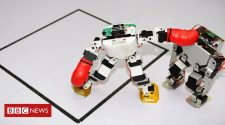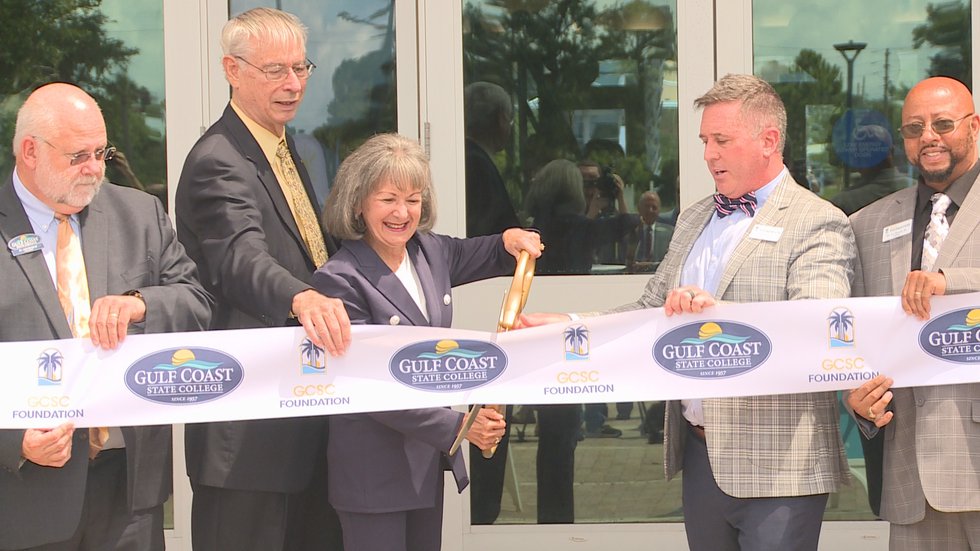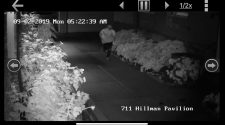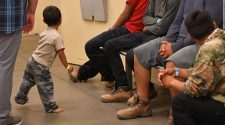This provided Carter with fantastic experience on how, why and what AV was needed in lecture theatres and to understand what the lecturers and students wanted to achieve. Since then Carter has used her experience to upgrade and install in the rest of the College’s spaces on all its campuses. This has not been limited to teaching, but included any space that requires AV support.
How has your role changed over the last few years?
I first started as the AV manager, looking after 35 rooms that needed upgrading on one campus. Now, I have oversight across hundreds of rooms on all our campuses. I used to be very hands-on with AV support but now that the College is investing in the AV every year, I mainly do AV installation and upgrades of lecture theatres, meeting rooms and buildings.
I have gained experience in project management, the supporting and developing of AV technologies in the College, as well as expertise in audio visual project life cycles, such as planning, executing, controlling and closing projects to make sure I deliver value for the college. I work with many stakeholders to develop change and transformation, but also to make the installation and integration of the systems seamless for the users.
I also manage two amazing AV product engineers who, during the pandemic, have been on site to help with the sporadic face-to-face and online teaching. They have been there through thick and thin. As the AV projects have been so busy, I have relied on them to just get on with the job. They have both dealt with training users, who are not used to the new set-ups, and also the AV maintenance supplier for the College making sure that the work is carried out and is fixed in a timely manner. They have also had to arrange room access whilst complying with the internal track-and-trace system. I would be lost without them.
What are the key challenges for AV now at Imperial?
It will be interesting to understand how each department proposes to teach and then implement new technologies to facilitate this. One example is enabling multimodal teaching with 10-30 students in classrooms and up to 1,000 students joining remotely and having visual presence. Then there are wireless collaboration systems that improve the utility of learning spaces for users with any device to easily share, control, and mark up content on displays – in room and remote – for more efficient, engaging, and productive learning in realtime. This will give students with disabilities more choice about how and when to attend classes.
What’s the most impressive technology you’ve used?
I haven’t used it yet but was given a demo of the hologram technology the Imperial College Business School has designed. Our CIO joined a staff meeting as a hologram – it was amazing and one I would like to see again. The other technology that has most impressed me recently is AV-over-IP as it offers greater flexibility compared with our current model of installation. It enables you to add sources and displays anywhere you want without the constraints of fixed AV matrix switchers, extenders, and cables.
In theory, it can be programmed in countless ways which will be such a benefit in many different spaces. We have just installed this in our Chemistry building over two floors as a trial.
What makes you tick outside the office?
I enjoy spending time with my family, exercise such as running and walking, and if anyone knows me, I love a good glass of wine or two and of course a good AV gathering.















Trump’s ‘disloyalty’ comment about American Jews who vote Democrat was disgusting and worrisome